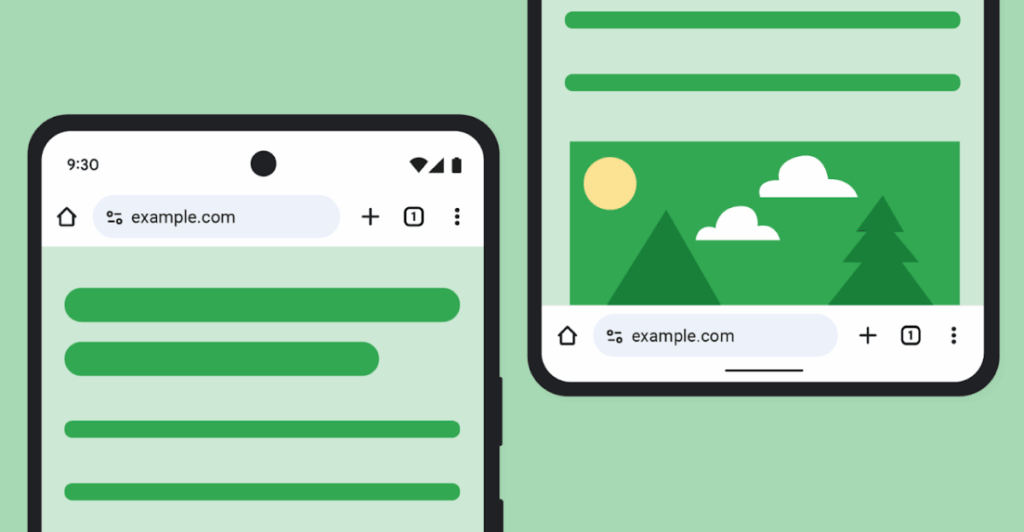
Google has begun rolling out a new feature for Chrome on Android, allowing users to move the address bar to the bottom of the screen. This update, which has been available to iOS users since 2023, aims to enhance accessibility, particularly for those using larger smartphones. The change is expected to provide a more comfortable browsing experience by offering flexibility in the address bar’s placement.
According to Google’s Nick Kim Sexton, “Depending on the size of your hand and your device, one address bar position may feel more comfortable than the other. We designed this update to give you the flexibility to choose your preferred location — so you can browse with more ease.” To adjust the address bar’s position, users can press and hold the bar to select their preferred location or make the change through the settings menu.
Enhancing User Experience
The introduction of this feature represents Google’s ongoing efforts to improve user experience by catering to diverse user needs. With smartphones growing in size, reaching the top of the screen can be cumbersome, especially for one-handed use. By allowing the address bar to be placed at the bottom, Google addresses a common usability issue, making navigation more intuitive and less strenuous.
Google’s decision to roll out this feature follows its successful implementation on iOS devices, where it has been well-received by users. The move also reflects a broader trend in mobile design, emphasizing ergonomics and user comfort. As smartphones continue to evolve, software adaptations like this are crucial in maintaining user satisfaction.
Historical Context and Industry Trends
This development is part of a larger pattern in the tech industry, where customization and user-centric design are becoming increasingly important. Historically, web browsers have maintained a consistent layout, with the address bar positioned at the top. However, as mobile usage surpasses desktop browsing, companies are rethinking traditional interfaces to better suit mobile-first users.
Apple’s decision to allow the address bar to be moved to the bottom in Safari with iOS 15 marked a significant shift in interface design, setting a precedent that Google has now followed. This change aligns with a growing emphasis on personalization in technology, where users are given more control over their digital environments.
Expert Opinions and Future Implications
Experts in user interface design suggest that such changes could become more prevalent as companies strive to differentiate their products in a competitive market. “Customization is key in today’s tech landscape,” says Dr. Emily Chen, a professor of Human-Computer Interaction. “Users expect technology to adapt to their needs, not the other way around.”
The implications of this feature extend beyond immediate user convenience. By allowing greater customization, Google is likely to increase user engagement and satisfaction, potentially influencing user loyalty and retention. As more users become accustomed to personalized interfaces, the demand for such features will likely grow, prompting further innovations in browser design.
Looking Ahead
As Google continues to refine its products, the introduction of a customizable address bar is a step towards a more flexible browsing experience. This feature not only addresses current user needs but also sets the stage for future developments in mobile browser technology. As the digital landscape evolves, companies like Google will need to remain agile, responding to user feedback and technological advancements to maintain their competitive edge.
For Android users eager to try out this new feature, the update is rolling out gradually and should be available to all users in the coming weeks. As the tech industry continues to prioritize user-centric design, features like this will likely become standard, shaping the future of mobile browsing.







